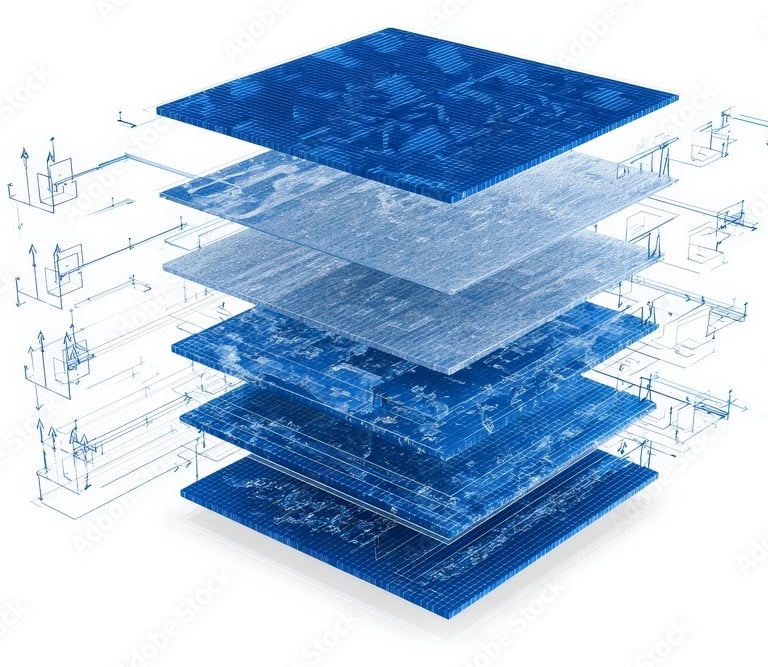Project Concept BluePrint
Build it faster, Build it right, skip the guesswork, not the details—the clear roadmap for rapid development, efficiency through elegant design


The Starting Point.
In a product or a project, a project concept blueprint is a high-level, conceptual model or schematic that maps out the essential components, relationships, and functionalities of a software system before development begins.
It serves as a detailed guide or master plan to ensure the final software aligns with business goals, user needs, and technical architecture, facilitating communication between stakeholders and preventing costly errors.
Key Qualities:
High-Level & Conceptual:
It focuses on the overall vision and structure, rather than specific implementation details.
Strategic:
It helps ensure the software solution directly addresses business goals and user requirements.
Separation of Concerns:
It can be used to separate logical aspects of the software, such as domain-specific logic from IT system interactions, leading to improved organization.
Communication Tool:
It provides a common understanding for technical and non-technical stakeholders, fostering collaboration.
Purpose of a Project Concept Blueprint
Clarify Scope:
It defines the project's boundaries, outlining what will be included and what will be excluded.
Reduce Risk:
Identifying potential issues early helps mitigate risks and prevent costly errors during the development process.
Guide Development:
It provides a clear roadmap for developers, enabling them to focus on business logic without getting lost in the complexity of the code base.
Ensure Alignment:
It helps ensure the final product meets user needs, aligns with business objectives, and adheres to quality standards.
Improve Collaboration:
It acts as a shared visual model, improving communication and understanding among team members and stakeholders.
Components of a Project Concept Blueprint
Domain Modeling:
Understanding and defining the real-world business domains the software will support.
Visualizing the interactions between users and the system.
Architecture Design:
Outlining the overall structure and the interaction between different system components.
Functional Requirements:
Detailing the specific functions and capabilities the software will offer.

